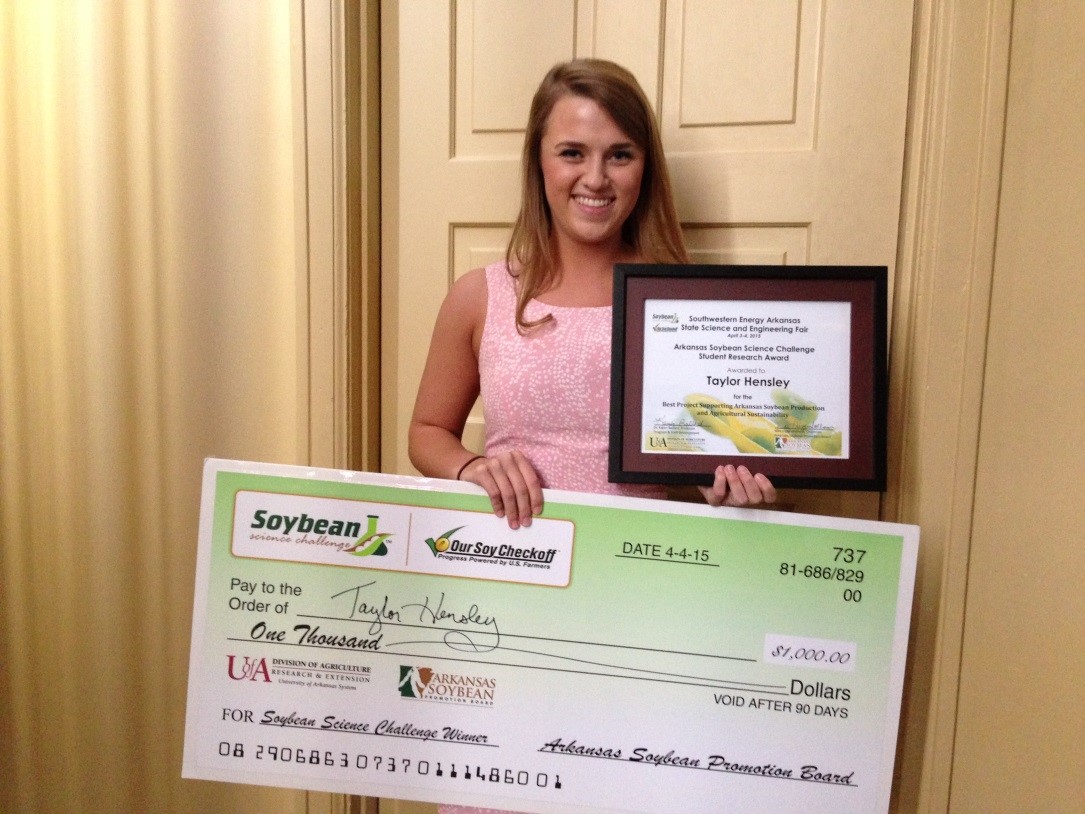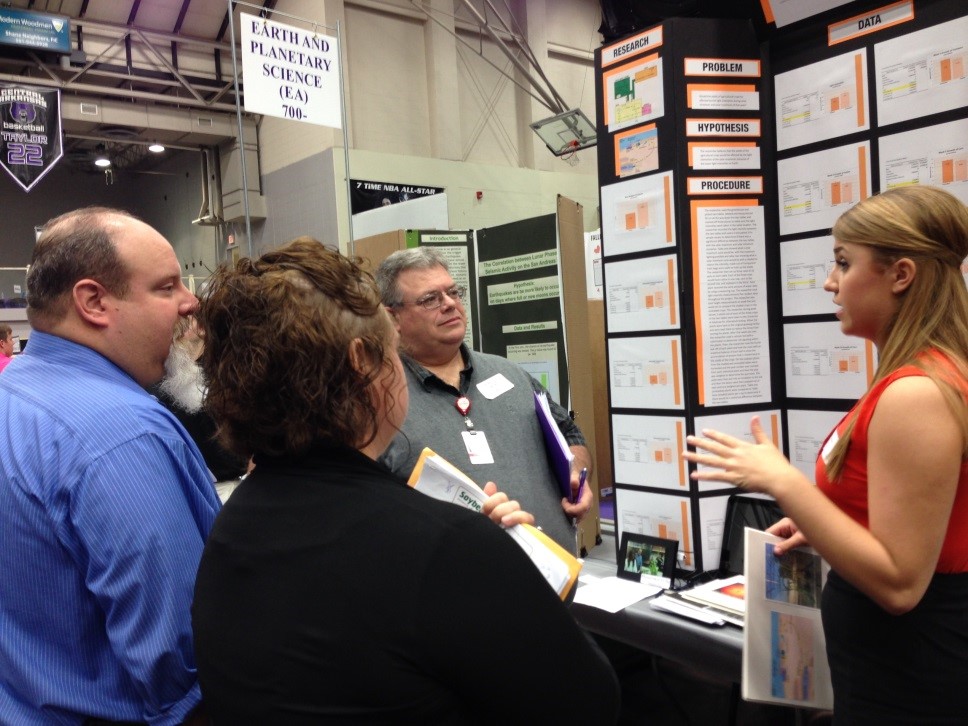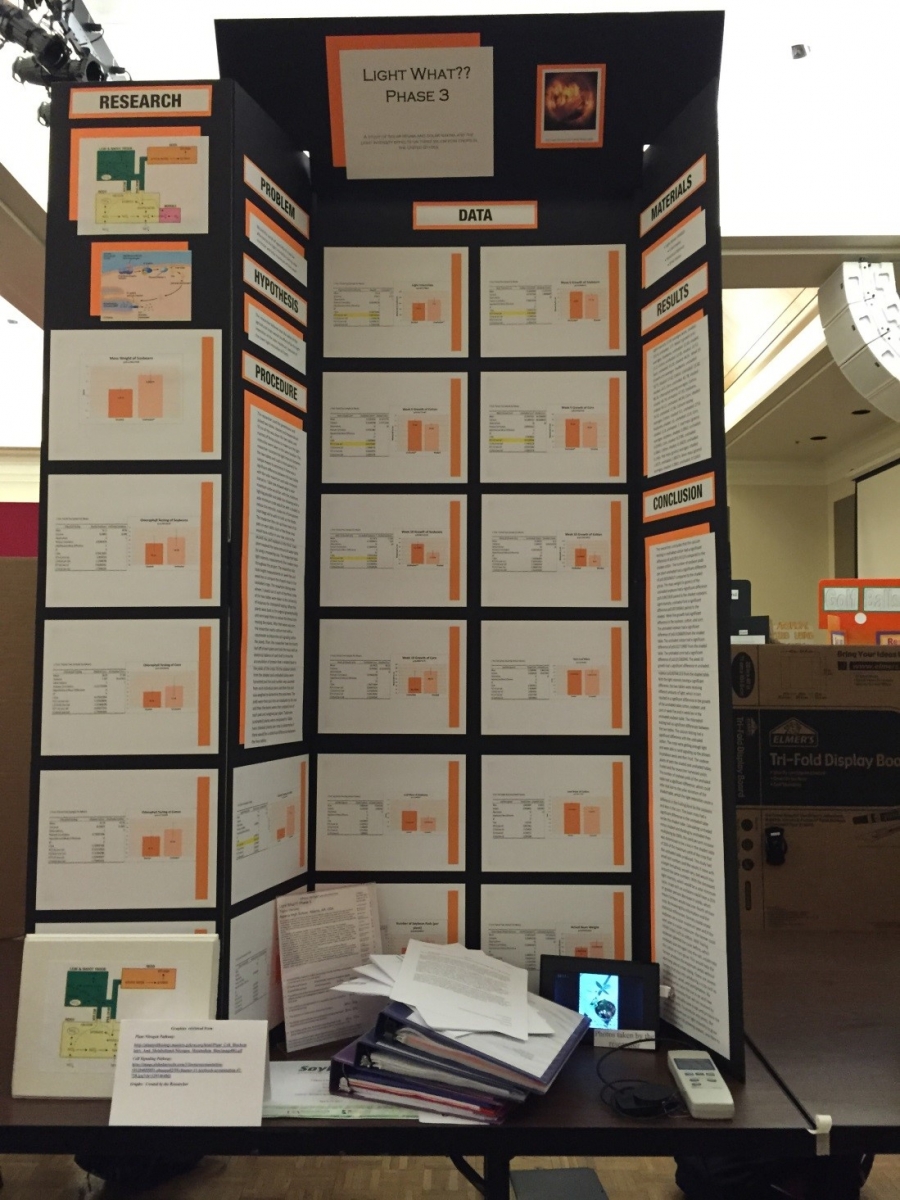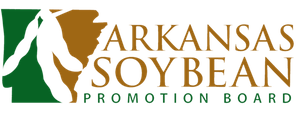Taylor Hensley
Taylor Hensley, 17, a senior at Alpena High School won the Soybean Science Challenge award at the 2015 Southwestern Energy Arkansas State Science & Engineering Fair at the University of Central Arkansas in Conway on April 4.
Taylor was also the regional recipient of the same award at Northwest Arkansas Regional Science & Engineering Fair held in Fayetteville at the University of Arkansas on March 20.

Taylor received a $1,000 cash award at the state level and a $300 at the regional level provided by the Arkansas Soybean Promotion Board. Her science project involved researching whether or not yields of agricultural crops would be affected by light intensities during solar minimum and solar maximum. She planted rows of soybeans, cotton and corn, comparing the growth of each crop.
Taylor Hensley, Soybean Science Challenge winner, at state and regional science fairs, accepts a check awarded by the Arkansas Soybean Promotion Board.
When Taylor first started her science project, she thought she couldn’t grow soybeans, cotton or corn. “But I grew them and spent 12 weeks on my project, not including the Soybean Science Challenge, so when I heard my name called for the regional and state science fairs, I gave a sigh of relief because of the determination and hard work I put into my project.”
Taylor enjoyed the Soybean Science Challenge online modules. “I liked learning about the stages of the soybeans and all the different types of soybeans. You don’t see very many soybean farms in Northwest Arkansas.
Taylor’s parents, Denyse and Shane Hensley of Alpena are very proud of Taylor and all her accomplishments. “Taylor worked hard on her science fair project and the Soybean Challenge awards show that hard work pays off in the end,” Denyse Hensley said.
Taylor has competed in science fairs since she was in the 5th grade and really started showing interest in science when she started doing her project “Light What??.” Taylor worked on this project for three years and took every science class that Alpena High School had to offer according to her parents.
“I am encouraging my friends to take the Arkansas Soybean Science Challenge and to get involved with science and research because you never know where it might lead you and how many doors it will open,” said Taylor.
She plans to attend the University of Arkansas in Fayetteville this fall and pursue a degree in nursing.
“The Arkansas Soybean Science Challenge Award program is in its second year and is a partnership between the University of Arkansas, Division of Agriculture Cooperative Extension Service and the Arkansas Soybean Promotion Board,” said Dr. Karen Ballard, Extension developer and director of the program.
Taylor Hensley with Soybean Science Challenge judges from left Dr. Mike Daniels, Dr. Jeremy Ross and Extension Program Associate, Melanie Fuhrman.
“The goal of the Arkansas Soybean Science Challenge is to engage students in “real world” education to support soybean production and agricultural sustainability,” said Shannon Davis, past president of the Arkansas Soybean Promotion Board. “The program also rewards scientific inquiry and discovery that supports the Arkansas soybean industry.”
The Arkansas Soybean Science Challenge was launched in January 2014 to 9-12 grade science students. Students who successfully completed the online course were eligible to have their original soybean-related research projects judged at the 2015 ISEF affiliated Arkansas science and engineering fairs.
Information on the 2015-16 Arkansas Soybean Science Challenge will be available in summer 2015. For more information, contact Dr. Karen Ballard or Dr. Lynda Wilson at 501.671.2086 or kballard@uaex.edu.
The Cooperative Extension Service is part of the University of Arkansas System Division of Agriculture.
Project Title: Light What?? Phase III
Category: Earth & Planetary Sciences
Abstract:
Would yields of agricultural crops be affected by light intensities during solar minimum and solar maximum?
Recorded light intensity LUX x100 with the Light Meter LUX/FC 840020 in the same spot for five days on two tables. Planted three rows of cotton, soybeans, and corn (16 pots) and compared growth of each crop per table; table 1-unshaded, table 2-shaded. Calcium and chlorophyll of the same 5 pots from each group were tested. The researcher took soybean pod and bean weights, and also took heights of all crops during week five and ten.
Light intensity (LUX) averages, shaded: 151.4, unshaded: 177. Week 5 growth (cm): Soybeans, unshaded: 12.69, shaded: 11.2; Cotton, unshaded: 12.05, shaded: 10.52; Corn, unshaded: 51.05, shaded: 44.91. Week 10 Growth (cm): Soybeans, unshaded: 19.71, shaded: 17.62; Cotton, unshaded: 15.40, shaded: 14.5, Corn, unshaded: 82.78, shaded: 86.25. Chlorophyll testing; Cotton, shaded: 45.74, unshaded: 47.35; Soybeans, shaded: 43.12, unshaded: 44.56; Corn: shaded: 26.02, unshaded: 27.36. Calcium testing; Cotton, shaded: 9.2, unshaded: 27.6; Soybeans, shaded: 13, unshaded: 11.6; Corn, shaded: 11.8, unshaded: 7. Leaf mass (grams):
Soybean, shaded: 0.0903, unshaded: 0.05941; Corn, shaded: 0.3786, unshaded: 0.3841; Cotton, shaded: 0.16625, unshaded: 0.1465. Pod mass (grams): shaded: 1.9375, unshaded: 2.89375. Bean mass (grams): shaded: 0.3861, unshaded: 0.51693.
The researcher concluded that Calcium testing in unshaded cotton had a significant difference p≤0.001141229 compared to shaded cotton. Number of soybean pods per plant unshaded had a significant difference p≤0.001696917 compared to the shaded group. The mass weight (grams) of unshaded soybeans had a significant difference p≤0.019615939 paired to shaded soybeans. Light intensity, unshaded had a significant difference p≤0.007195661 paired to shaded. Week five growth had significant differences in soybean, cotton, and corn. Week 10 growth had a significant difference in unshaded soybean p≤0.007441253.

